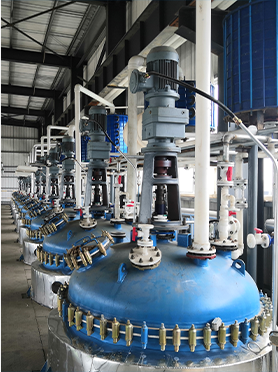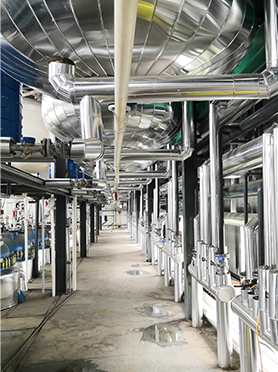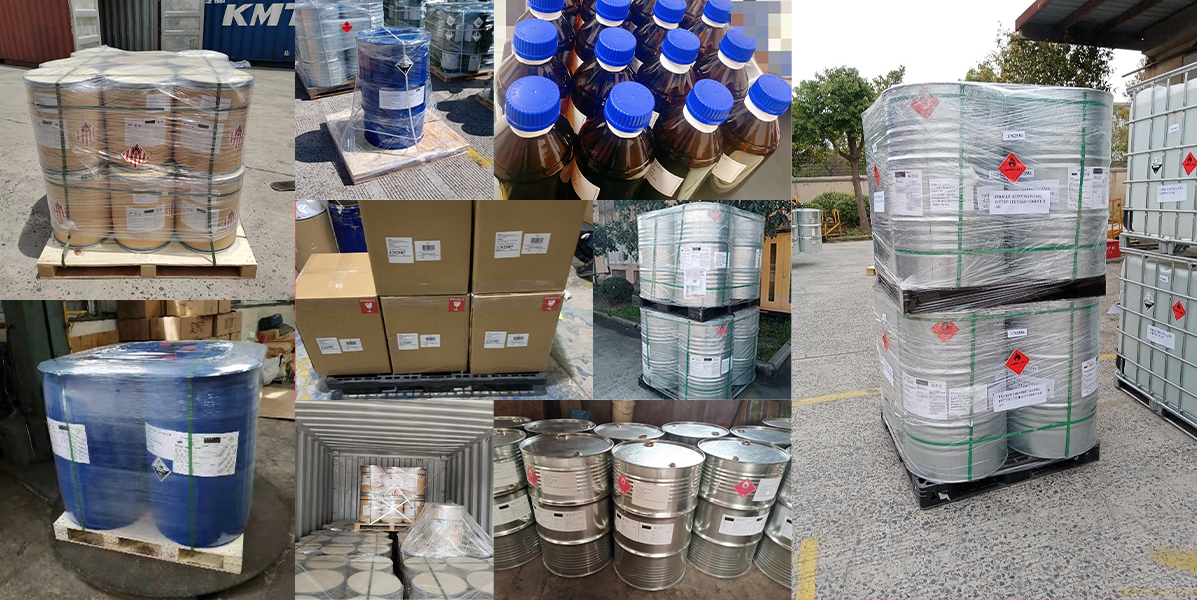When working with any chemical compound, a thorough understanding of its properties and handling requirements is essential for safety and efficacy. 2-Hydroxy-5-nitropyridine (CAS 5418-51-9) is a valuable fine chemical, widely used as an intermediate in various synthesis processes. This article provides a detailed overview of its key characteristics, safety data, and recommended handling procedures, aimed at researchers, procurement specialists, and production personnel who purchase or utilize this compound.
Physically, 2-Hydroxy-5-nitropyridine typically presents as a light yellow to beige crystalline powder. This appearance is a common visual indicator, though specific color variations can occur depending on the batch and purity. Its melting point generally falls within the range of 188-191 °C, indicating a relatively stable solid form at room temperature. Chemically, it possesses a molecular formula of C5H4N2O3 and a molecular weight of 140.10 g/mol. Its solubility profile is noteworthy: it is soluble in hot water and alkali liquors but largely insoluble in most common organic solvents. This characteristic can influence solvent selection during synthesis and purification processes.
Safety is a paramount concern when handling any chemical. According to GHS classifications, 2-Hydroxy-5-nitropyridine is classified as an irritant. Hazard statements include H315 (Causes skin irritation), H319 (Causes serious eye irritation), and H335 (May cause respiratory irritation). Consequently, precautionary statements emphasize avoiding breathing dust, wearing protective gloves, protective clothing, and eye/face protection. In case of skin or eye contact, immediate and thorough rinsing with water is recommended. It is advisable for users to consult the Material Safety Data Sheet (MSDS) provided by the manufacturer or supplier for detailed safety information and emergency procedures. When purchasing, ensure your supplier can provide a comprehensive MSDS.
Proper storage is critical for maintaining the quality and longevity of 2-Hydroxy-5-nitropyridine. It should be stored in a dry, dark, and well-ventilated place, away from direct heat and incompatible materials such as strong acids or oxidizing agents. Maintaining an inert atmosphere for storage can further preserve its integrity, especially for long-term warehousing. The shelf life can vary depending on storage conditions and the specific manufacturer's packaging, so it is always best practice to check lot-specific expiry dates and recommend prompt usage after purchase if possible.
In conclusion, 2-Hydroxy-5-nitropyridine (CAS 5418-51-9) is a compound with well-defined properties that make it a valuable asset in chemical synthesis. By adhering to recommended handling, safety, and storage guidelines, users can maximize its potential while ensuring a safe working environment. For those looking to buy this chemical, choosing a reputable supplier that provides accurate specifications and safety data is the first step towards successful and safe utilization.
Manufacturing Facilities






Professional Export Experience
to Global Customers

1. 20 years of R&D, manufacturing and sales experience, serving customers in 60 countries and regions around the world;
2. Own R&D laboratory, pilot platform and large-scale production workshop, which can meet the audit requirements of global customers;
3. We can satisfy customers' perfect transition from small scale lab requirements (gram level) to commercialization requirements (hundred tons level).
A: We don't have Minimum Order Quantity, exact quantity should be provided before quotation for us to calculate the exact cost.
A: We don't provide free samples due to lots of request and expensive international courier's cost, we can deduct the sample charge after commercial order placed.
A: Our payment terms: Small or sample order: T/T IN ADVANCE. Commercial order: First order should be by T/T IN ADVANCE or L/C at sight, and following orders T/T 30~90days is acceptable subject to approval of credit application.